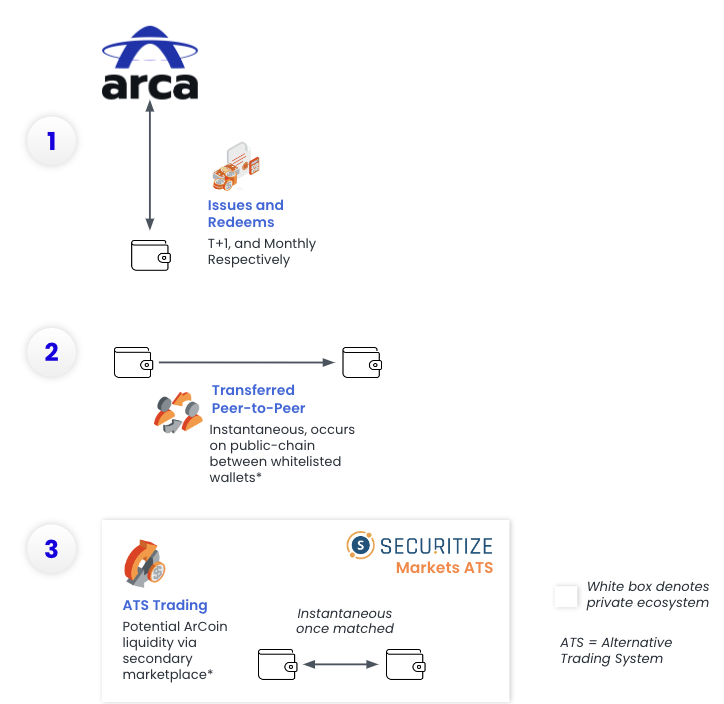Research Summary
The report discusses the evolution and challenges of cross-chain bridges in the context of Ethereum’s rollup-centric roadmap and the development of specialized ecosystems. It highlights the consolidation of bridging activity around Ethereum rollups, the market size for cross-chain protocols, and the issues related to tokenization standards. The report also provides an overview of the fee structures for various bridges and discusses the future prospects of cross-chain interoperability protocols.
Key Takeaways
Challenges and Evolution of Cross-Chain Bridges
- Fractured Liquidity and Duplication of Tokens: The report highlights the challenges presented by a multi-chain world, such as fractured liquidity and duplication of wrapped tokens. It also mentions the risk of hacks on escrow contracts when bridges mint new wrapped tokens for transferring assets between chains.
- Consolidation Around Ethereum Rollups: The report notes that bridging activity has increasingly consolidated around Ethereum rollups, leading to a reduction in the size and frequency of bridge-related hacks.
- Market Size for Cross-Chain Protocols: The market size for cross-chain protocols is still small compared to leading DeFi protocols, but the report suggests it may grow with improved technologies and new use cases.
- Tokenization Standards: The report discusses the difficulties with tokenization standards, exemplified by tokenized bitcoin on Ethereum, which has multiple versions and a concentration of supply in centralized tokens. It emphasizes the importance of decentralization for long-term adoption of bridged tokenization standards.
- Fee Structures for Bridges: The report provides an overview of the fee structures for various bridges, noting that most canonical bridges do not charge any fees, while third-party bridges have a combination of fixed fees and fees for relayers.
Future Prospects of Cross-Chain Interoperability Protocols
- Generic Interoperability Protocols: The report mentions the development of generic interoperability protocols that allow for the transfer of arbitrary data between unrelated networks, enabling cross-chain execution. It also notes the early stages of adoption for these protocols.
- Challenges in the Cross-Chain Space: The report highlights the technical overheads and lack of standardization as the primary challenges in the cross-chain space. It also mentions the asynchronous nature of cross-chain transactions and the standardization issues with non-native tokens across different bridging protocols.
- Regulatory Standards: The report suggests that regulatory or regulated-industry standards of adoption for bridging tokenized real-world assets will be a driving force for consensus.
- Success Factors: The report identifies developer and user experience, security, and fees as the factors that will determine the success of cross-chain interoperability protocols. It also notes that early adoption and a focus on decentralization and security are predictors of long-term success.
Actionable Insights
- Investigate the Potential of Ethereum Rollups: With the consolidation of bridging activity around Ethereum rollups, there may be potential for further development and investment in this area.
- Explore Opportunities in Cross-Chain Protocols: Despite the current small market size, the potential growth of cross-chain protocols with improved technologies and new use cases presents opportunities for exploration.
- Consider the Importance of Decentralization: The report emphasizes the importance of decentralization for the long-term adoption of bridged tokenization standards, which should be considered in the development and adoption of these standards.
- Understand the Fee Structures: The varying fee structures for different bridges should be understood and considered in the selection and use of these bridges.
- Monitor the Development of Generic Interoperability Protocols: The development and early adoption of generic interoperability protocols present potential opportunities for exploration and investment.












